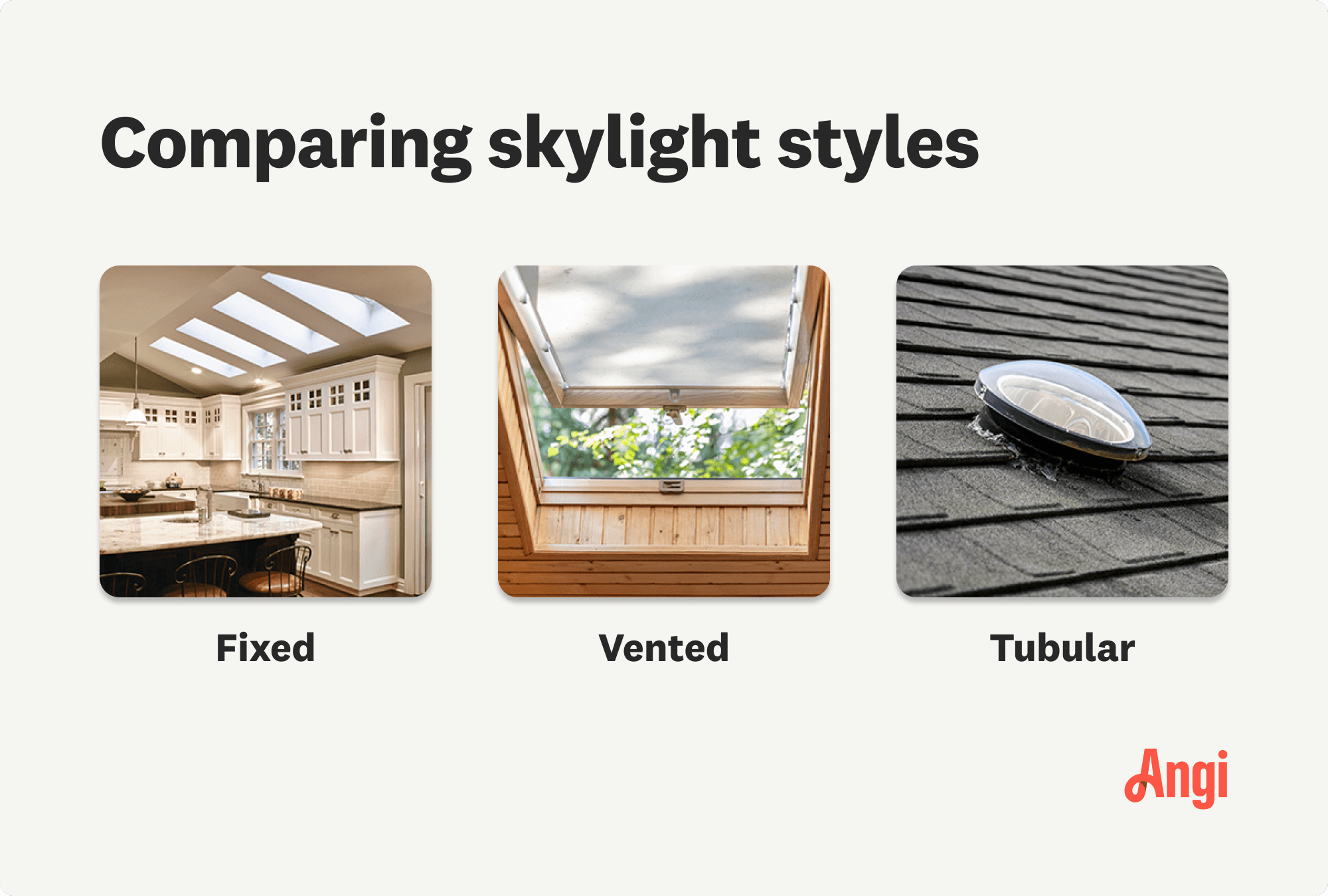
Steel windows are a durable, modern option for your home. Learn how much steel windows cost and see if they’re a good fit for your home.
Hail may seem small, but the damage it can cause to your home can be mighty


Skylights infuse interiors with natural light and create a sense of openness. However, skylights face upward toward the sky, so they’re more vulnerable to hail damage than the windows on the sides of your home. Hail can quickly damage or even shatter your skylights, sending glass into your home and causing leaks that require costly water damage restoration. Our tips explain how to protect skylights from hail damage so you can enjoy all that natural light in peace.

When installing or replacing skylights, opt for impact-resistant materials, such as tempered or laminated glass or polycarbonate panels. These materials are designed to withstand the force of hailstones and reduce the risk of the glass shattering upon impact.
During the design phase, consider the location of your skylights. Placing them in areas less exposed to prevailing wind patterns and potential hail trajectories can reduce their vulnerability. Consulting with a professional can provide you with valuable insight into optimal placement.
Consider installing protective screens or grilles over your skylights. These mesh-like structures can act as a barrier, absorbing the impact of hailstones and preventing them from directly hitting the skylight surface.

A well-maintained roof can contribute to skylight protection. Ensure your roof is in good condition and regularly inspected for signs of wear or damage. A sturdy roof can help deflect or absorb the impact of hailstones before they reach the skylights and help you avoid pricey hail damage roof repairs.
Overhanging branches and trees can increase the risk of hail damage to skylights. Keep trees trimmed to prevent branches from breaking and falling onto your skylights during a storm.
Hail protection film is a transparent adhesive film that can be applied to the exterior of skylights. This film helps disperse the force of hailstones and prevents them from directly hitting the skylight surface. It's an additional layer of defense against hail damage.
Frequently inspect your skylights for any cracks, leaks, or damage. Address any issues promptly to prevent further deterioration, especially before hail season arrives.
Keep an eye on weather forecasts, especially during hail-prone seasons. If a hailstorm is anticipated, consider covering your skylights temporarily with protective materials like plywood or heavy blankets.

If hail damage does occur to any skylights in your home, here are some tips that can help you deal with the damage.
Assess the damage: After a hailstorm, carefully examine the skylights for cracks, fractures, or other signs of damage. Take note of the extent of the damage and its location.
Document the damage: Take photographs of the damaged skylights from various angles. These photos will be useful for hail damage insurance claims and repair estimates.
Contact your insurance provider: If your skylights are covered by insurance, reach out to your insurance provider to report the damage and start the claims process. Provide them with the documentation and photos you've taken.
Create a temporary covering: If the damage is severe and you're concerned about leaks or further damage, consider placing temporary coverings over the skylights, such as tarps or heavy-duty plastic, until repairs can be made.
Schedule professional inspection: Arrange for a professional skylight specialist or contractor to inspect the damage. They can provide a thorough assessment and recommend appropriate repair or replacement options.
Obtain repair estimates: Get multiple repair estimates from reputable contractors. This will help you make an informed decision about the most suitable and cost-effective repair solution.
Consider safety: If the damage poses a safety hazard, especially if there's broken glass or compromised structural integrity, keep the area around the skylights closed off to prevent accidents.
Coordinate repairs: Once you've selected a contractor, coordinate the repair schedule and ensure that they have the necessary materials and expertise to carry out the repairs effectively.
Choosing between DIY and hiring a pro to shield skylights from hail hinges on your skill level and budget. DIY involves lower expenses as you buy and set up materials, but it demands time and aptitude, risking improper installation.
Calling in a skylight repair pro near you ensures correct setup and curbs leaks and damage threats. Professional costs fluctuate based on complexity and location, generally ranging from $300 to $1,500, including materials. For intricate installations, consider a roofing expert or skylight specialist to guarantee optimal results and lasting protection against hail impact.
From average costs to expert advice, get all the answers you need to get your job done.

Steel windows are a durable, modern option for your home. Learn how much steel windows cost and see if they’re a good fit for your home.

Garden windows can be a great addition to your kitchen, adding light and a place to grow plants. Costs depend on material, size, and customization—learn how much you can expect to pay.

Is it time to upgrade your home’s windows? Learn more about window replacement costs, considering various window sizes, styles, and energy efficiency.

When it comes to vinyl vs. aluminum windows, you should consider price, insulation, and longevity. Learn about other differences and which is best for you.

Knowing how to insulate windows can keep you cool in the summer and warm in the winter. Suffice to say, it’s an important skill to have. Learn more here.

There are tons of types of kitchen windows that add charm and functionality to your home. Keep reading for a breakdown of 10 types of kitchen windows.